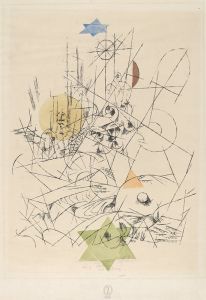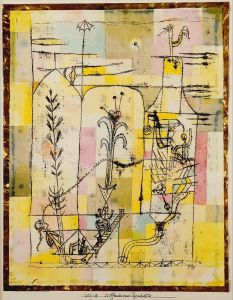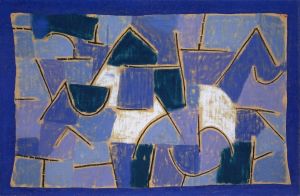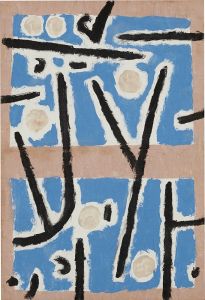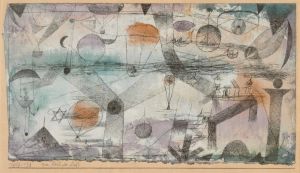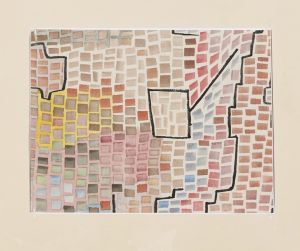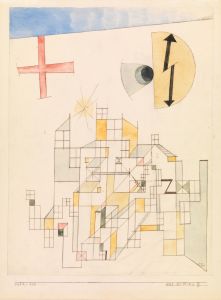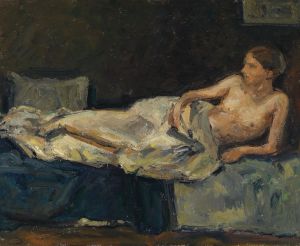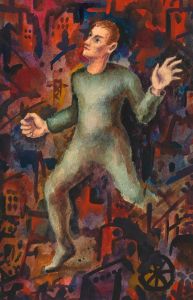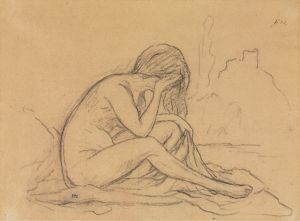
Zwei Gruppen
A hand-painted replica of Paul Klee’s masterpiece Zwei Gruppen, meticulously crafted by professional artists to capture the true essence of the original. Each piece is created with museum-quality canvas and rare mineral pigments, carefully painted by experienced artists with delicate brushstrokes and rich, layered colors to perfectly recreate the texture of the original artwork. Unlike machine-printed reproductions, this hand-painted version brings the painting to life, infused with the artist’s emotions and skill in every stroke. Whether for personal collection or home decoration, it instantly elevates the artistic atmosphere of any space.
Paul Klee's Zwei Gruppen (translated as "Two Groups") is a painting created by the Swiss-born German artist in 1932. Klee, a prominent figure in modern art, was known for his innovative use of color, form, and symbolism, often blending abstraction with elements of surrealism and expressionism. His works frequently reflect his deep interest in music, nature, and the metaphysical, as well as his exploration of the relationships between visual and emotional experiences.
Zwei Gruppen is an example of Klee's mature style, which often featured geometric shapes, lines, and a carefully considered color palette. The painting depicts two distinct groups of abstract forms, which may suggest a sense of balance or contrast. Klee's use of color in this work is subtle yet deliberate, with muted tones that create a harmonious composition. The arrangement of shapes and lines demonstrates his mastery of compositional structure, a skill he honed during his time teaching at the Bauhaus, the influential German art school where he worked from 1921 to 1931.
The year 1932, when Zwei Gruppen was painted, was a significant period in Klee's life and career. It marked the end of his tenure at the Bauhaus, as the school faced increasing political pressure from the Nazi regime. Klee subsequently took a teaching position at the Düsseldorf Academy of Fine Arts. However, his time there was short-lived, as he was dismissed in 1933 due to the rise of the Nazis, who labeled his art as "degenerate." This political turmoil and personal upheaval influenced Klee's later works, which often took on darker and more introspective themes.
While specific details about the inspiration or context behind Zwei Gruppen are not widely documented, the painting is characteristic of Klee's ability to convey complex ideas through seemingly simple forms. His work often invites viewers to interpret meaning on their own, as he believed in the power of art to evoke personal and emotional responses.
Today, Zwei Gruppen is recognized as part of Klee's extensive body of work, which includes over 9,000 pieces created during his lifetime. His art continues to be celebrated for its originality, intellectual depth, and enduring influence on modern and contemporary art.





